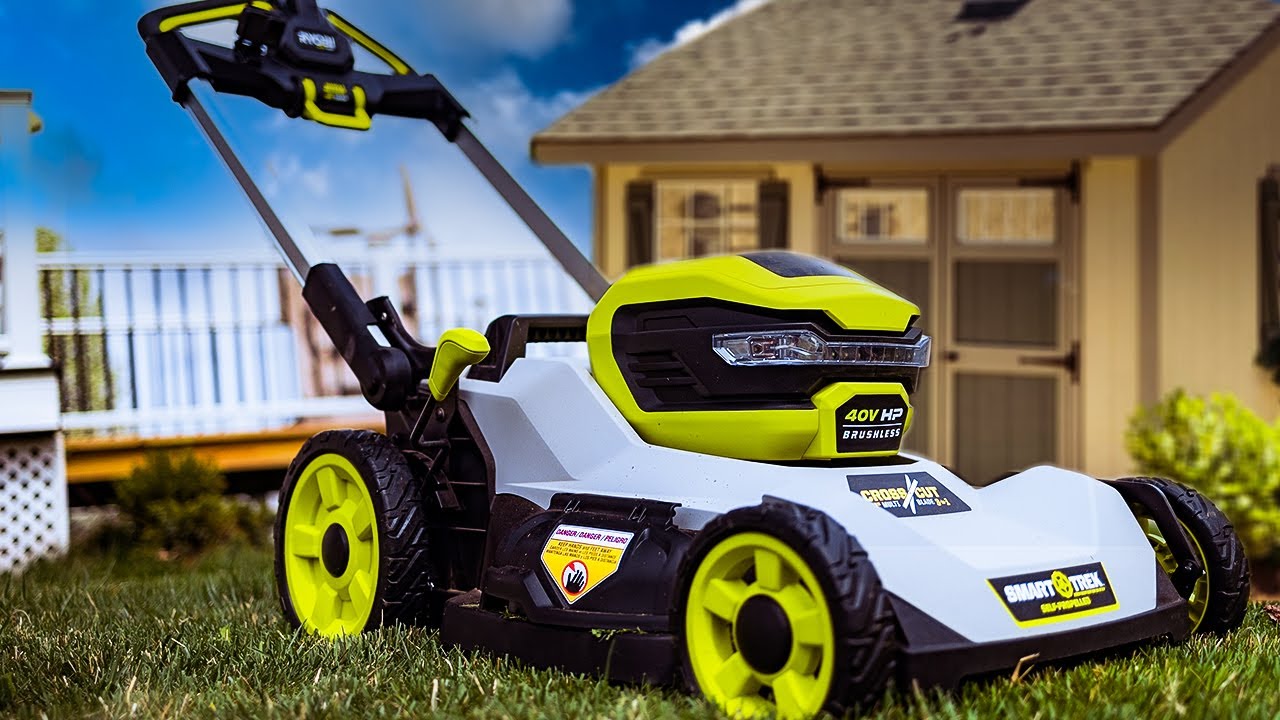

Articles
Why Does My Ryobi Lawn Mower Keep Stopping
Modified: December 7, 2023
Discover helpful articles about why your Ryobi lawn mower keeps stopping and learn how to fix common issues to keep your lawn maintenance running smoothly.
(Many of the links in this article redirect to a specific reviewed product. Your purchase of these products through affiliate links helps to generate commission for Storables.com, at no extra cost. Learn more)
Introduction
The Ryobi lawn mower is a popular choice for homeowners who want to maintain a well-manicured lawn. However, it can be frustrating when your mower keeps stopping unexpectedly during use. Not only does this disrupt your mowing routine, but it can also indicate an underlying issue that needs to be addressed.
Understanding the common causes of your Ryobi lawn mower stopping can help you troubleshoot and fix the problem efficiently. In this article, we will explore the various reasons why your mower might be stopping and provide tips on resolving these issues.
Key Takeaways:
- Regularly inspect and maintain your Ryobi lawn mower’s air filter, fuel system, spark plug, engine oil level, carburetor, blades, and electrical connections to prevent unexpected stops and ensure reliable mowing performance.
- Troubleshoot and address potential issues promptly, and seek professional assistance if needed, to keep your Ryobi lawn mower running smoothly and maintain a well-manicured lawn without frustrating interruptions.
Read more: Why Is My Ryobi Lawn Mower Not Starting
Common Causes of Ryobi Lawn Mower Stopping
There are several potential factors that can cause your Ryobi lawn mower to stop unexpectedly. By familiarizing yourself with these common causes, you can quickly identify the issue and implement the necessary steps to resolve it.
- Dirty Air Filter: A dirty or clogged air filter restricts the airflow to the engine, causing it to run inefficiently or, in some cases, stop altogether. Regularly inspect and clean or replace the air filter to ensure optimal engine performance.
- Clogged Fuel System: A clogged fuel system can prevent the proper flow of fuel to the engine, leading to stalling or stopping. Check the fuel filter, fuel lines, and carburetor for any blockages and clean or replace them as needed.
- Faulty Spark Plug: A worn or faulty spark plug can result in inconsistent ignition and engine misfires, causing the mower to stop. Remove and inspect the spark plug for signs of damage or wear, and replace it if necessary.
- Low Engine Oil Level: Insufficient engine oil can cause friction and overheating, leading to engine stalling. Regularly check the oil level and top up as needed to ensure smooth operation.
- Faulty Carburetor: The carburetor plays a crucial role in mixing air and fuel for combustion. If it becomes dirty or damaged, it can disrupt the fuel-air ratio and cause the mower to stop. Cleaning or repairing the carburetor may resolve the issue.
- Blade Issues: Problems with the mower blade can also contribute to stalling. A dull or damaged blade can strain the engine, resulting in stoppage. Sharpen or replace the blade regularly to maintain efficient cutting performance.
- Electrical Problems: Malfunctions in the electrical system, such as a faulty ignition switch or wiring issues, can cause power interruptions and sudden stops. Conduct a thorough inspection of the electrical components and address any problems accordingly.
Remember, these are just some of the common causes of a Ryobi lawn mower stopping. In the next section, we will discuss how you can troubleshoot and fix these issues to get your mower back up and running smoothly.
Dirty Air Filter
A dirty air filter is a common culprit for a Ryobi lawn mower stopping unexpectedly. The air filter is responsible for preventing dust, debris, and other particles from entering the engine. Over time, the filter can become clogged with dirt and restrict the airflow, leading to poor engine performance or even stalling.
To diagnose if a dirty air filter is causing the issue, start by visually inspecting the filter. If it appears dirty or clogged, it’s time to clean or replace it. Here are the steps to follow:
- Locate the air filter housing. This is typically a black box-shaped component near the carburetor.
- Remove the housing cover by unscrewing or unlatching it, depending on the model of your Ryobi lawn mower.
- Take out the air filter from its housing. Take note of its orientation for proper reinstallation.
- If the air filter is made of foam, gently wash it with warm, soapy water. Rinse it thoroughly and squeeze out excess water. Allow it to air dry completely.
- If the air filter is made of paper or cloth, it cannot be cleaned and must be replaced. Purchase a compatible replacement filter for your specific mower model.
- Once the air filter is dry or replaced, reinstall it in the correct orientation into the air filter housing.
- Secure the air filter housing cover back into place, ensuring it is tightly sealed.
Regularly inspecting and maintaining the air filter is crucial to ensure optimal engine performance. Aim to clean or replace the filter at least once per mowing season or more frequently if you frequently mow in dusty or dirty conditions.
By keeping the air filter clean and free from debris, you can improve airflow to the engine, enhance fuel combustion, and reduce the likelihood of your Ryobi lawn mower stopping unexpectedly.
Clogged Fuel System
A clogged fuel system is another common cause for a Ryobi lawn mower to stop unexpectedly. The fuel system consists of the fuel tank, fuel lines, fuel filter, and carburetor, all of which play a crucial role in delivering fuel to the engine. When any of these components become clogged with debris or residue, it can disrupt the fuel flow and lead to engine stalling.
To determine if a clogged fuel system is causing the issue, there are a few steps you can take:
- Check the fuel tank: Start by inspecting the fuel tank for any signs of contamination or debris. If you notice any sediment or foreign objects in the tank, it may be necessary to empty and clean the tank thoroughly.
- Inspect the fuel lines: Next, examine the fuel lines for blockages or kinks. If you find any obstructions, carefully remove them and ensure that the fuel lines are properly connected and free from damage.
- Examine the fuel filter: Locate the fuel filter, which is typically located between the fuel tank and the carburetor. If the filter appears dirty or clogged, it should be cleaned or replaced according to the manufacturer’s instructions.
- Clean the carburetor: A clogged carburetor can significantly impact fuel flow. Remove the carburetor according to the mower’s manual and use carburetor cleaner or a small brush to remove any debris or buildup. Be sure to follow the specific cleaning instructions for your mower model.
Regular maintenance of the fuel system is essential to prevent clogs and ensure smooth operation of your Ryobi lawn mower. It is recommended to clean or replace the fuel filter at least once per season and periodically clean the carburetor to maintain optimal performance.
Additionally, it is crucial to use clean, fresh fuel in your mower. Stale or contaminated fuel can contribute to clogs and affect the mower’s performance. Consider using fuel stabilizers to keep the fuel fresh for longer periods.
By regularly inspecting and cleaning the fuel system components, you can prevent clogs and ensure a continuous fuel supply, reducing the chances of your Ryobi lawn mower stopping unexpectedly.
Faulty Spark Plug
A faulty spark plug can be a common cause for a Ryobi lawn mower to stop unexpectedly. The spark plug is responsible for igniting the air-fuel mixture in the engine’s combustion chamber, initiating the combustion process. When the spark plug becomes worn or damaged, it can lead to inconsistent ignition and engine misfires, resulting in stalling or stopping.
To determine if a faulty spark plug is causing the issue, you can follow these steps:
- Locate the spark plug: The spark plug is typically located on the side or top of the engine, depending on the mower’s configuration.
- Remove the spark plug: Use a spark plug socket wrench to carefully remove the spark plug from the engine. Pay attention to the electrode and insulator for any signs of damage or wear.
- Inspect the spark plug: Examine the spark plug for any signs of fouling, such as a buildup of carbon deposits or oil. A black, oily appearance indicates a rich fuel mixture, while a white, blistered appearance indicates a lean fuel mixture. Both conditions can lead to erratic engine performance.
- Clean or replace the spark plug: If the spark plug appears dirty or damaged, it is recommended to clean or replace it. For cleaning, use a wire brush or spark plug cleaner to remove any deposits. If replacement is necessary, ensure you choose a spark plug with the correct specifications for your Ryobi lawn mower.
Regularly inspecting and maintaining the spark plug is crucial for optimal engine performance. It is recommended to check the spark plug’s condition at least once per season and clean or replace it as needed.
Additionally, ensure that the spark plug is properly gapped according to the manufacturer’s specifications. Using a gap gauge, adjust the distance between the electrode and the center electrode to the correct measurement.
By maintaining a healthy spark plug, you can ensure consistent ignition and reduce the chances of your Ryobi lawn mower stopping unexpectedly due to a faulty spark plug.
Read more: Why Does My Ryobi Mower Keep Shutting Off
Low Engine Oil Level
A low engine oil level can be a common cause for a Ryobi lawn mower to stop unexpectedly. Engine oil plays a crucial role in lubricating the internal components of the engine, reducing friction, and dissipating heat. When the oil level is too low, it can lead to increased friction and overheating, causing the engine to stall or stop.
To determine if a low engine oil level is the issue, you can follow these steps:
- Locate the oil dipstick: The oil dipstick is typically located on the side or top of the engine, depending on the mower’s design.
- Remove and clean the dipstick: Carefully remove the dipstick and wipe it clean with a rag or towel.
- Check the oil level: Reinsert the dipstick back into the oil fill tube and then remove it again. Check the oil level indicators on the dipstick. It should indicate a sufficient oil level between the minimum and maximum marks.
- Add oil if necessary: If the oil level is below the minimum mark, it is essential to add the recommended type and amount of oil. Refer to your mower’s manual for the specific oil type and capacity.
Regularly checking and maintaining the engine oil level is vital for the proper functioning of your Ryobi lawn mower. It is recommended to check the oil level before each use or at least once per mowing season. Additionally, it is crucial to change the engine oil as per the manufacturer’s recommendations to prevent excessive wear and ensure optimal performance.
It is also important to note that overfilling the engine with oil can also cause issues, so be cautious not to exceed the maximum oil level indicated on the dipstick.
By maintaining the proper engine oil level, you can reduce friction, prevent overheating, and minimize the chances of your Ryobi lawn mower stopping unexpectedly due to low oil.
Check the air filter and spark plug for dirt and debris. Clean or replace them if necessary to ensure proper air and fuel flow, which can cause the mower to stop.
Faulty Carburetor
A faulty carburetor can be a common cause for a Ryobi lawn mower to stop unexpectedly. The carburetor is responsible for mixing the proper amount of air and fuel for combustion. When the carburetor becomes dirty, clogged, or damaged, it can disrupt the fuel-air ratio and lead to engine stalling or stopping.
To determine if a faulty carburetor is causing the issue, you can follow these steps:
- Locate the carburetor: The carburetor is typically mounted on the side of the engine and is connected to the air filter and fuel lines.
- Inspect the carburetor: Visually inspect the carburetor for any signs of dirt, debris, or damage. Pay attention to the fuel bowl, jets, and throttle mechanisms.
- Clean the carburetor: If the carburetor appears dirty or clogged, it may need to be cleaned. Remove the carburetor from the engine as per the mower’s manual instructions. Use carburetor cleaner or a small brush to carefully clean the various components. Pay close attention to the fuel bowl, jets, and passages. Avoid damaging any delicate parts.
- Reassemble the carburetor and reinstall: After cleaning, reassemble the carburetor and reinstall it onto the engine. Ensure all connections are secure and tight.
Regular maintenance of the carburetor is essential to ensure proper fuel delivery and combustion. It is recommended to clean or service the carburetor at least once per season or more frequently if needed.
If cleaning the carburetor does not resolve the issue or if it is severely damaged, you may need to consider replacing it. Consult the mower’s manual or seek professional assistance to determine the correct replacement carburetor for your Ryobi lawn mower.
By keeping the carburetor clean and in good working condition, you can ensure the proper fuel-air mixture and reduce the chances of your Ryobi lawn mower stopping unexpectedly due to a faulty carburetor.
Blade Issues
Blade issues can also be a common cause for a Ryobi lawn mower to stop unexpectedly. The mower blade is responsible for cutting the grass efficiently and evenly. When the blade becomes dull, damaged, or improperly installed, it can strain the engine and lead to stalling or stopping.
To determine if blade issues are causing the problem, you can follow these steps:
- Inspect the blade visually: Carefully examine the mower blade for any signs of damage, such as bent edges, cracks, or excessive wear. A dull or damaged blade can disrupt the cutting process and put additional strain on the engine.
- Sharpen or replace the blade: If the blade appears dull or damaged, it’s important to sharpen or replace it. Sharpening can be done with a sharpening tool, file, or bench grinder. Alternatively, you can consider replacing the blade with a new one if it is severely damaged or worn.
- Ensure proper blade installation: If you have recently sharpened or replaced the blade, make sure it is properly installed. Incorrect blade installation, such as improper tightening or incorrect blade orientation, can cause balance issues and engine stalling.
Regularly inspecting and maintaining the mower blade is crucial for efficient cutting performance and preventing engine strain. It is recommended to sharpen or replace the blade at least once per season or more frequently if you frequently mow in rough or rocky terrain.
Additionally, it’s important to mow at the appropriate height for your lawn. Cutting the grass too low can put excessive strain on both the blade and the engine, increasing the likelihood of your Ryobi lawn mower stopping unexpectedly. Adjust the cutting height to the recommended level for your grass type and season.
By keeping the blade sharp, properly installed, and mowing at the correct height, you can prevent engine strain and reduce the chances of your Ryobi lawn mower stopping unexpectedly due to blade issues.
Electrical Problems
Electrical problems can also be a common cause for a Ryobi lawn mower to stop unexpectedly. The electrical system in the mower is responsible for providing power to various components, including the ignition system and other electrical devices. Malfunctions or faults in the electrical system can lead to power interruptions and engine stalling.
To determine if electrical problems are causing the issue, you can follow these steps:
- Check the battery: If your Ryobi lawn mower is equipped with a battery, ensure that it is properly charged. A weak or dead battery can result in insufficient power supply to the ignition system, causing the engine to stall. Follow the manufacturer’s instructions for charging and maintaining the battery.
- Inspect the ignition system: Examine the ignition switch and wiring for any signs of damage or loose connections. Faulty ignition components can disrupt the electrical current and lead to intermittent power supply, resulting in engine stalling. Repair or replace any damaged parts as necessary.
- Check the safety key or kill switch: Some lawn mowers are equipped with a safety key or kill switch that shuts off the engine when disengaged or activated. Ensure that the safety key is properly inserted and the kill switch is released or in the correct position for the engine to run.
- Examine the wiring: Inspect the wiring harness and connections for any signs of loose or damaged wires. Faulty wiring can cause intermittent power disruptions and engine stalling. Repair or replace any damaged wiring or connectors.
If you are not confident in troubleshooting or repairing electrical problems, it is recommended to seek professional assistance or consult the mower’s manual for guidance. Electrical issues can be complex, and improper handling can lead to further damage or safety hazards.
Regular maintenance and inspection of the electrical system are essential to ensure proper power supply and prevent engine stalling. It is also important to follow safe operating practices and avoid exposing the mower to moisture or extreme weather conditions that can damage electrical components.
By addressing and resolving electrical problems in your Ryobi lawn mower, you can restore consistent power supply and reduce the chances of unexpected engine stalling.
Read more: Why Does My Ryobi Trimmer Keep Stopping
How to Troubleshoot and Fix the Issue
When your Ryobi lawn mower keeps stopping unexpectedly, it can be frustrating. However, there are several steps you can take to troubleshoot and fix the issue.
- Identify the cause: Review the common causes mentioned earlier, such as a dirty air filter, clogged fuel system, faulty spark plug, low engine oil level, faulty carburetor, blade issues, or electrical problems. Assess which of these causes may be applicable to your situation.
- Inspect and clean: Start by visually inspecting the different components, such as the air filter, fuel system, spark plug, engine oil level, carburetor, blades, and electrical connections. Clean or replace any dirty or damaged parts to restore proper function.
- Check for fuel and oil: Ensure that there is enough fuel in the tank and the oil level is within the recommended range. Refill fuel if necessary and top up the engine oil to the proper level.
- Sharpen or replace blades: If the mower blades are dull or damaged, sharpen or replace them to ensure efficient cutting performance and reduce strain on the engine.
- Address electrical issues: If you suspect electrical problems, check the battery charge, inspect the ignition system and wiring, and ensure the safety key or kill switch is properly engaged. Repair or replace any faulty components.
- Consult the manual: If you are unsure about any specific troubleshooting steps or maintenance procedures, consult the mower’s manual for guidance. It will provide detailed instructions and specifications for your particular Ryobi lawn mower model.
- Seek professional assistance: If you are unable to identify or fix the issue on your own, it may be necessary to seek professional assistance. Lawn mower repair specialists have the expertise and tools to diagnose and resolve complex problems.
Remember to always prioritize safety when troubleshooting and fixing any issues with your Ryobi lawn mower. Disconnect the spark plug wire and take necessary precautions to prevent accidents during maintenance or repairs.
By diligently troubleshooting and addressing the underlying causes of the problem, you can help prevent your Ryobi lawn mower from stopping unexpectedly and ensure reliable and uninterrupted mowing performance.
Conclusion
Dealing with a Ryobi lawn mower that keeps stopping unexpectedly can be frustrating, but fortunately, many common causes can be easily identified and resolved. By understanding the potential culprits behind the issue and following the troubleshooting steps outlined in this article, you can quickly get your mower back up and running smoothly.
From a dirty air filter and clogged fuel system to a faulty spark plug, low engine oil level, faulty carburetor, blade issues, or electrical problems, there are various factors that can contribute to engine stalling or stopping. Regular inspection, cleaning, and maintenance of these components are key to preventing unexpected interruptions during your mowing sessions.
It’s important to regularly check and clean or replace the air filter, fuel system components, spark plug, and mower blades. Keep an eye on the engine oil level and ensure it’s within the recommended range. Address any faulty carburetor or electrical issues promptly. By following these practices, you can reduce the chances of your Ryobi lawn mower experiencing unexpected stops and maximize its performance.
If troubleshooting the issue becomes overwhelming or you’re unable to determine the cause, don’t hesitate to seek professional assistance. Lawn mower repair specialists have the knowledge and expertise to diagnose and repair more complex problems, ensuring your mower operates reliably.
Remember, the key to preventing unexpected stops and maintaining a well-functioning Ryobi lawn mower is regular maintenance and prompt resolution of any issues. By doing so, you’ll be able to enjoy a beautifully manicured lawn without the frustration of unexpected interruptions.
Frequently Asked Questions about Why Does My Ryobi Lawn Mower Keep Stopping
Was this page helpful?
At Storables.com, we guarantee accurate and reliable information. Our content, validated by Expert Board Contributors, is crafted following stringent Editorial Policies. We're committed to providing you with well-researched, expert-backed insights for all your informational needs.

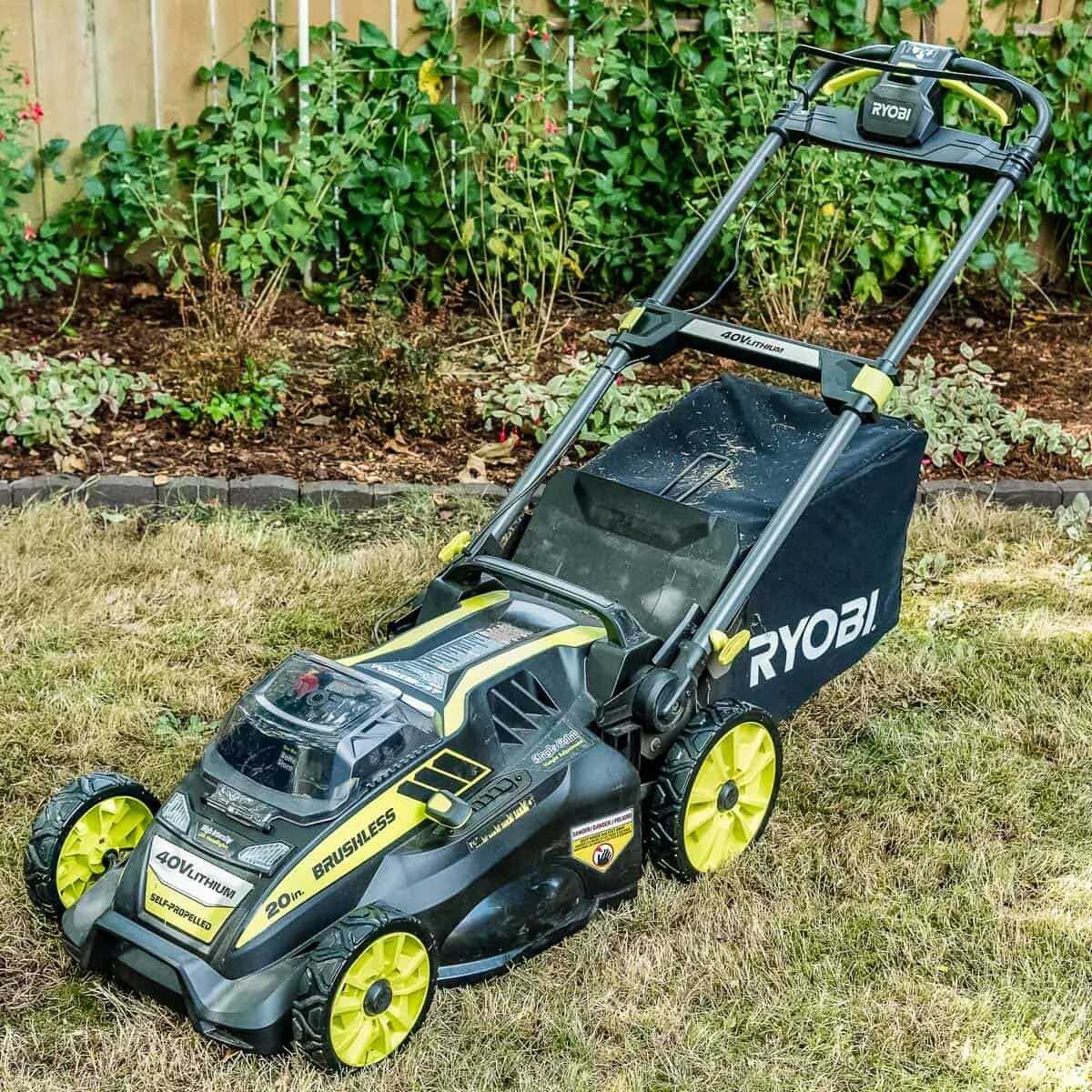
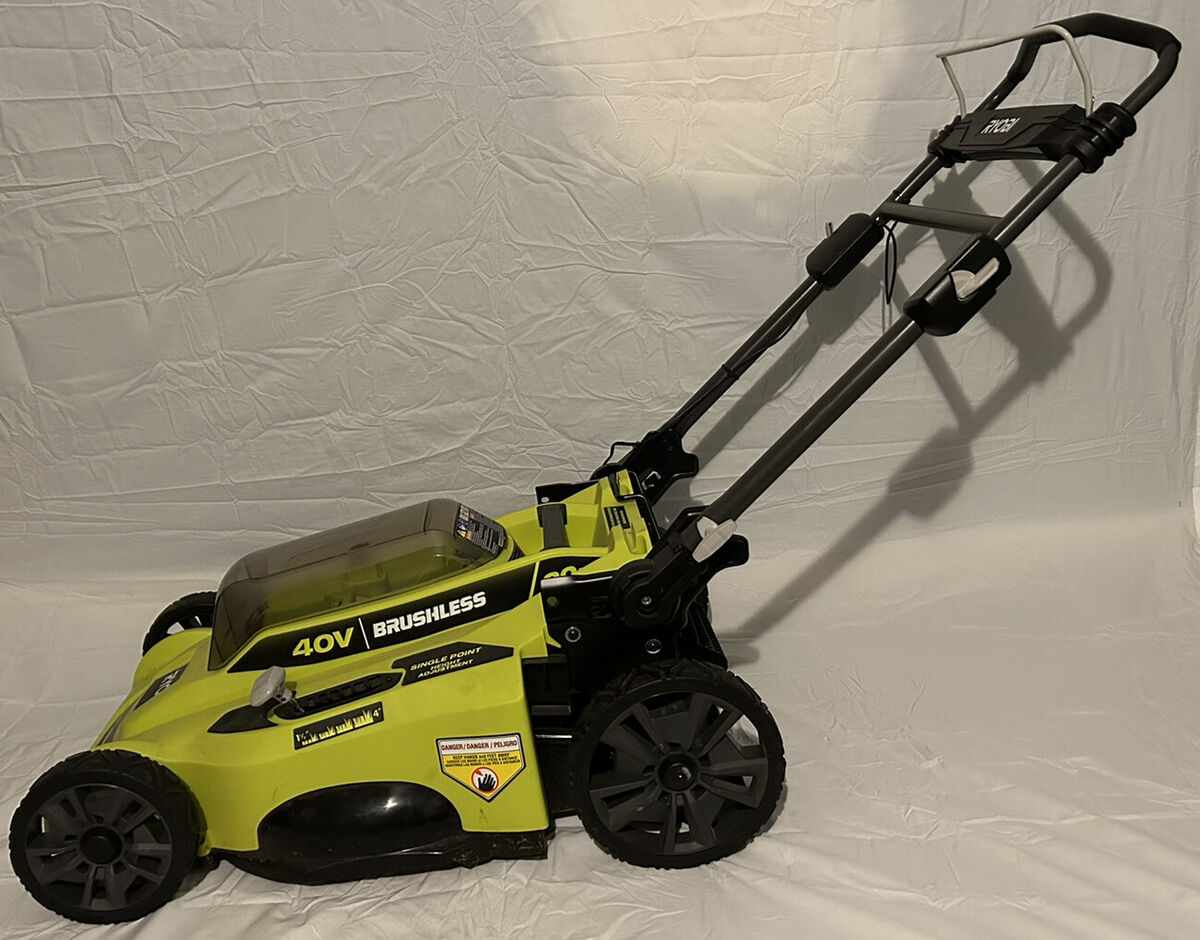
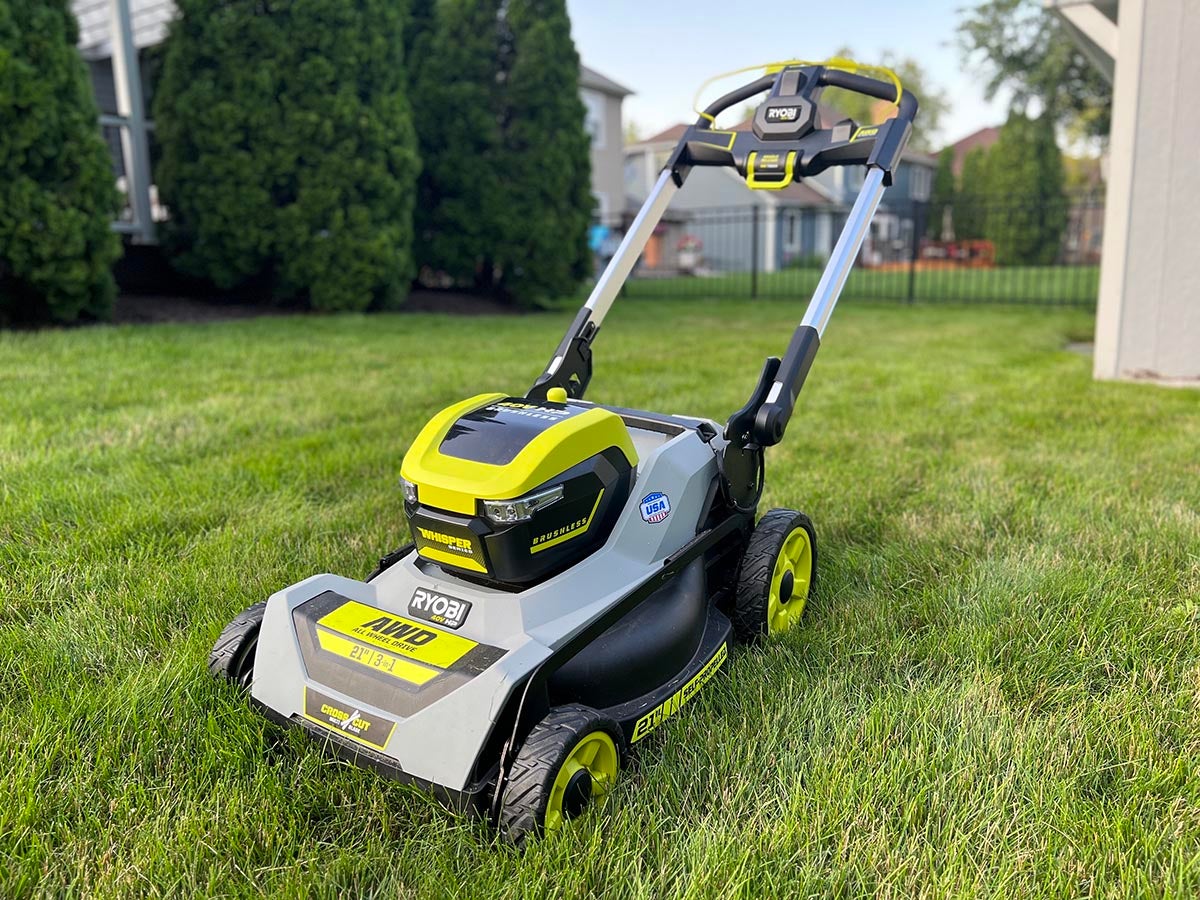
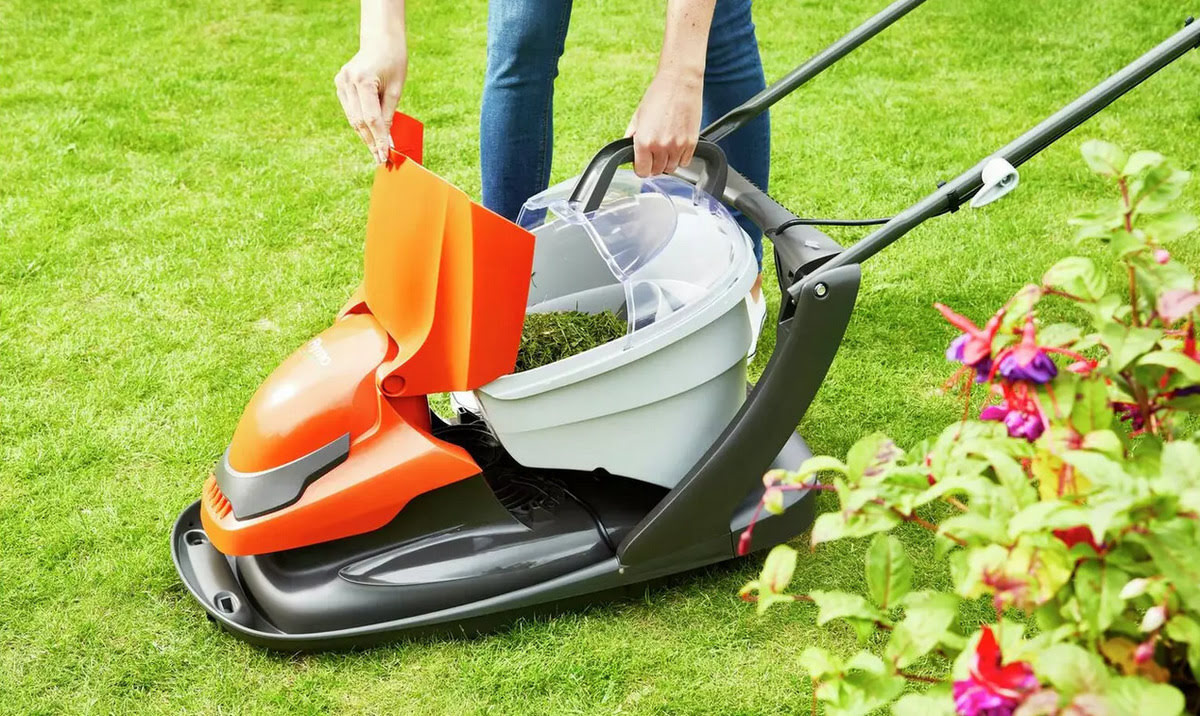
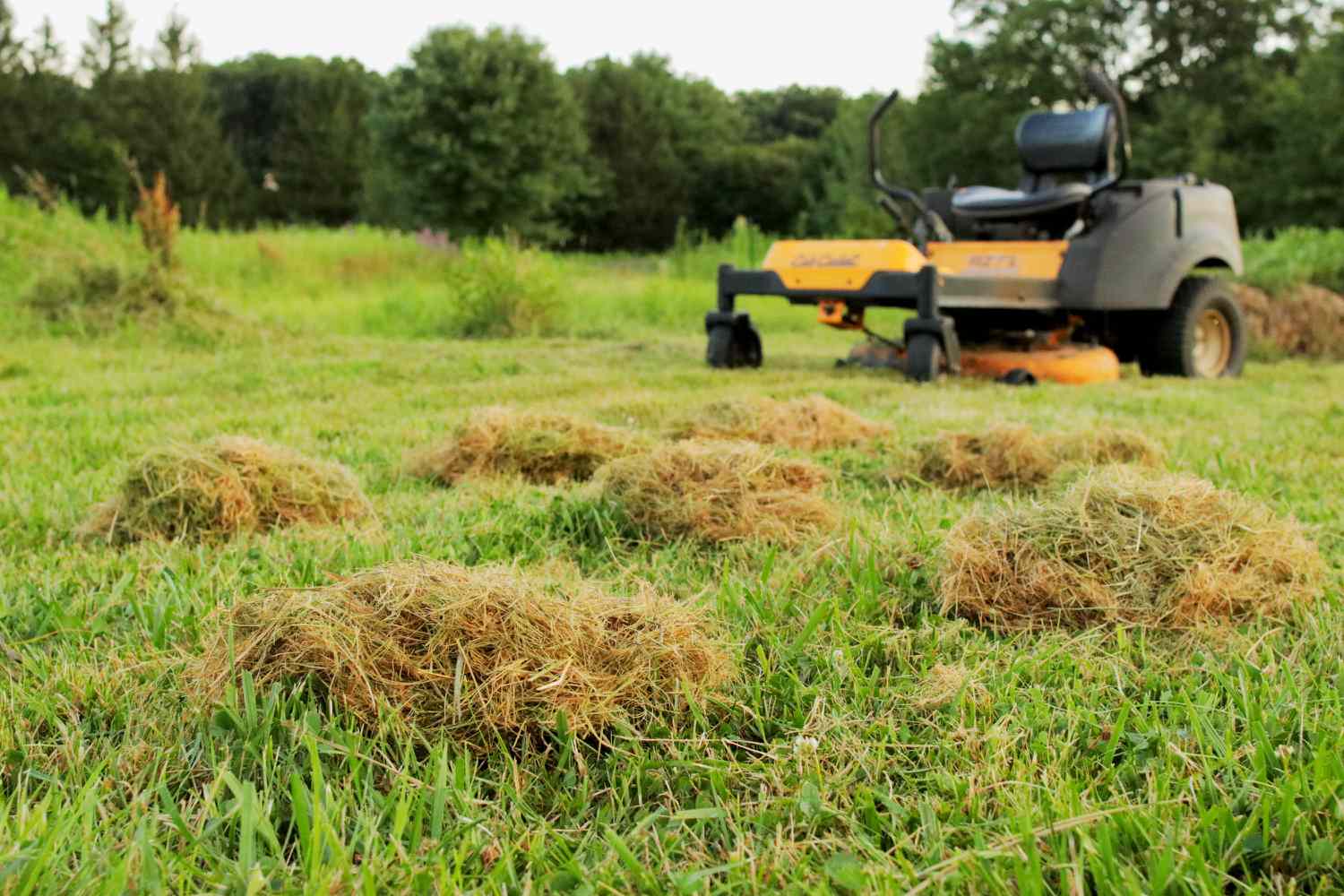
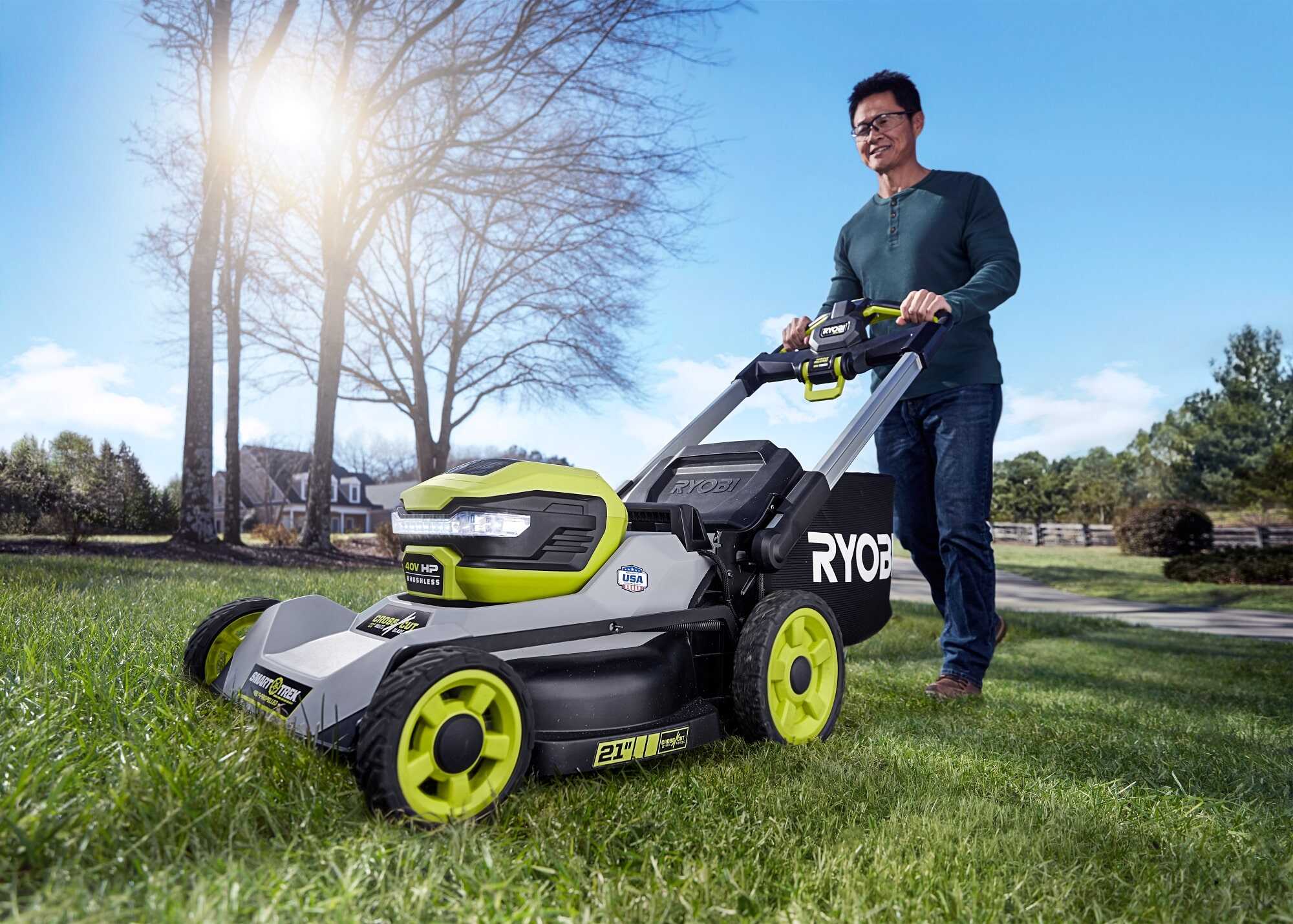
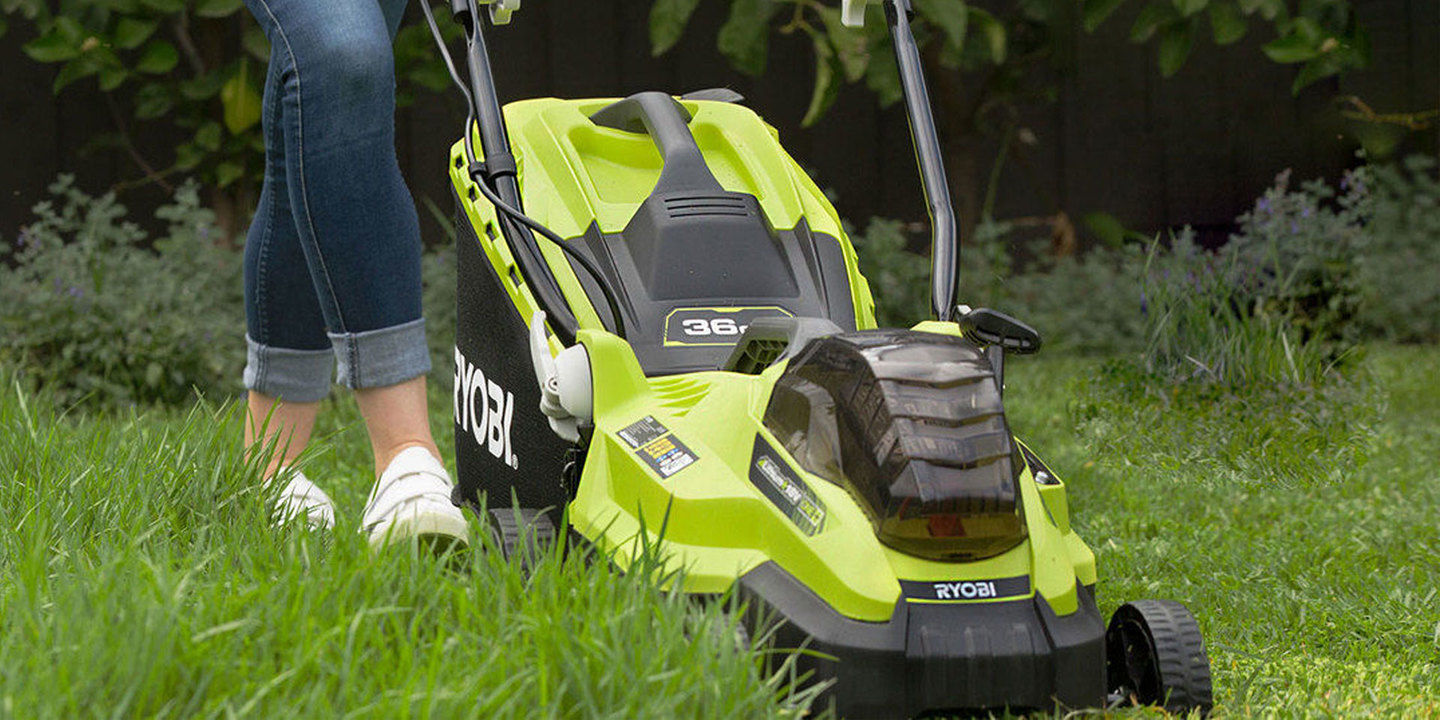
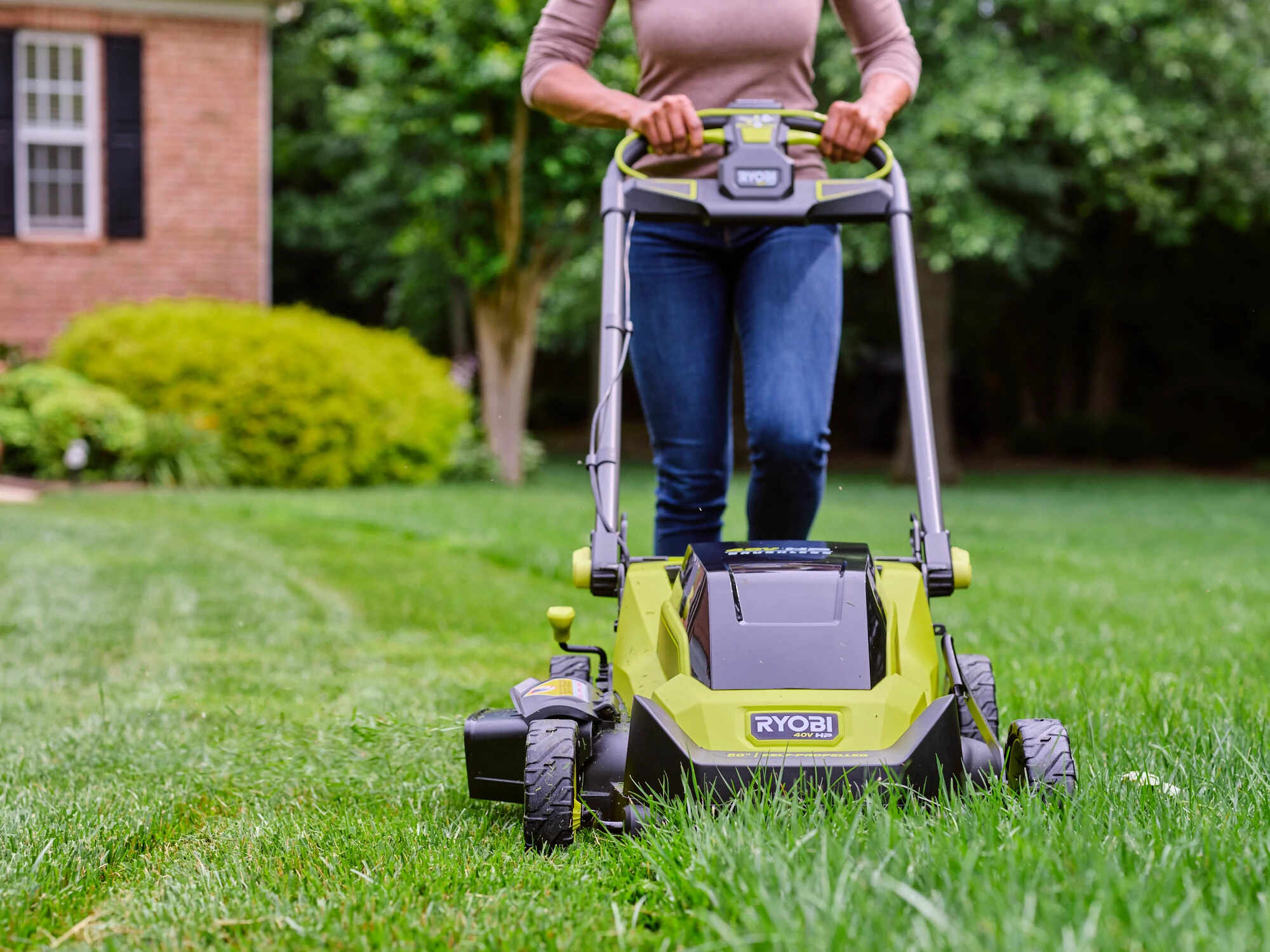
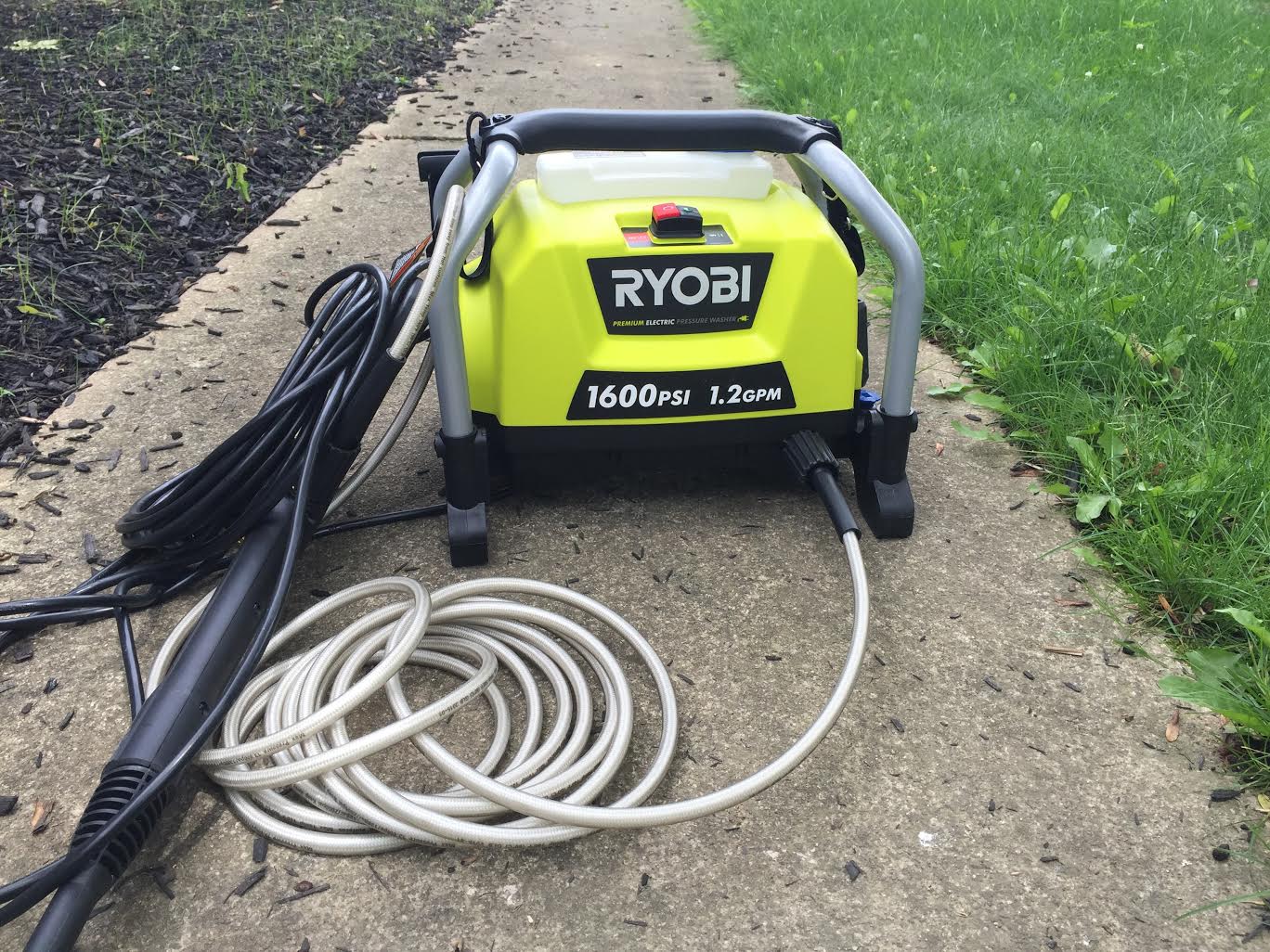
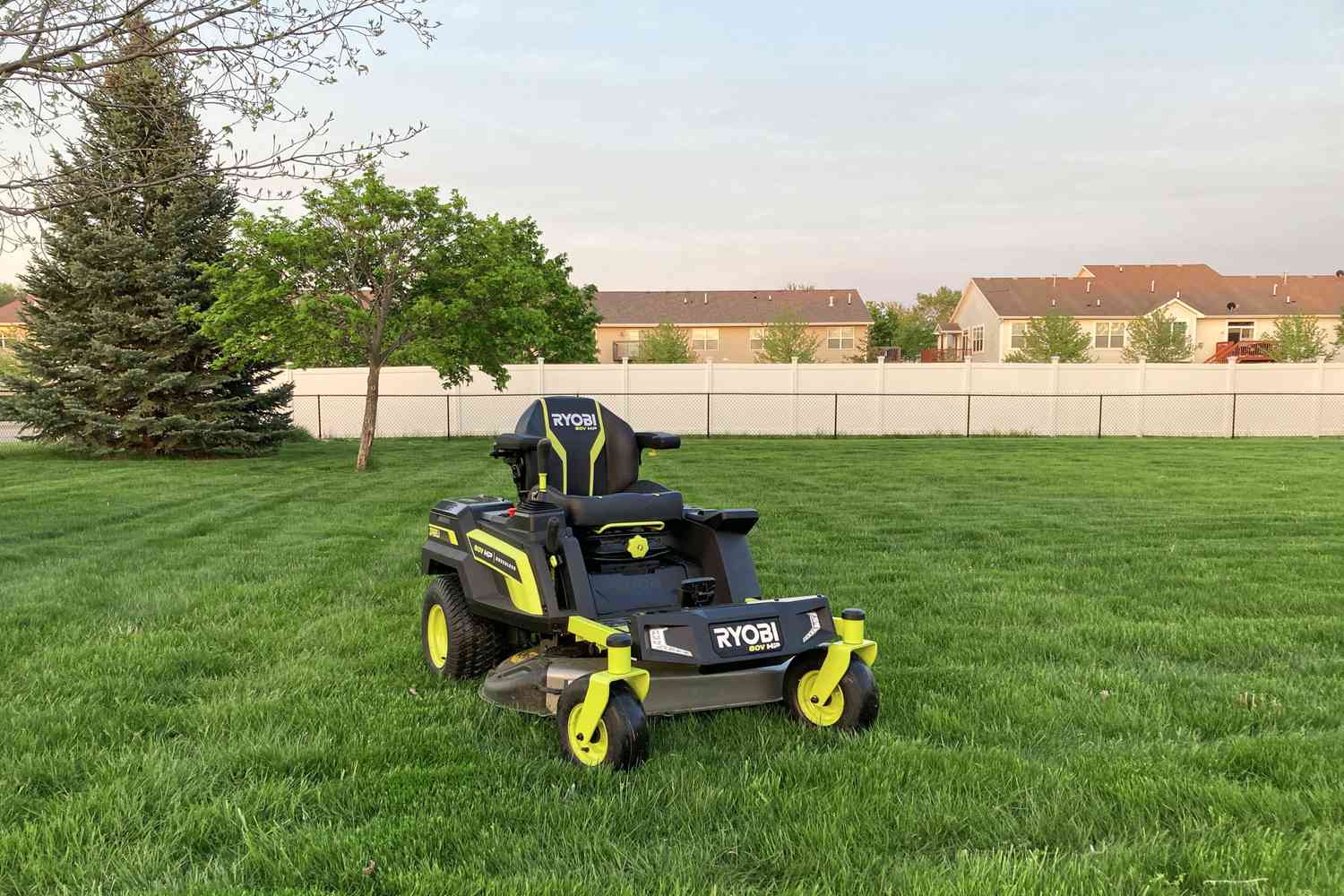
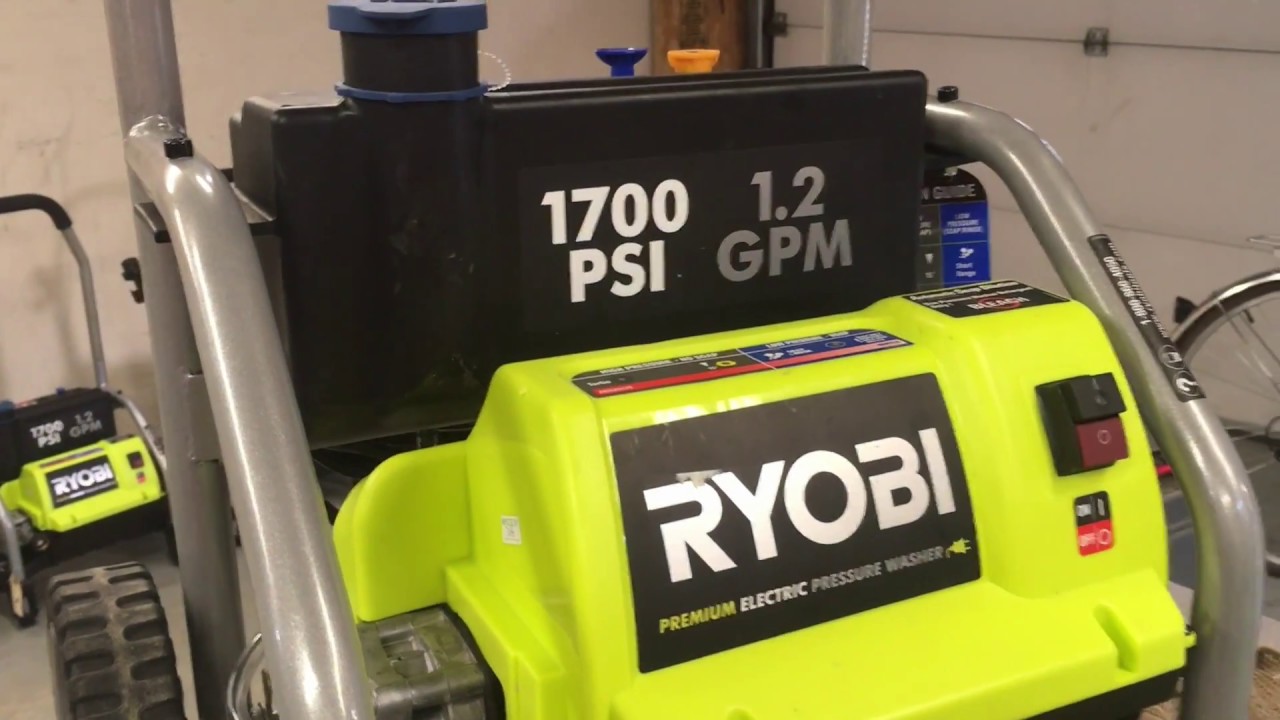
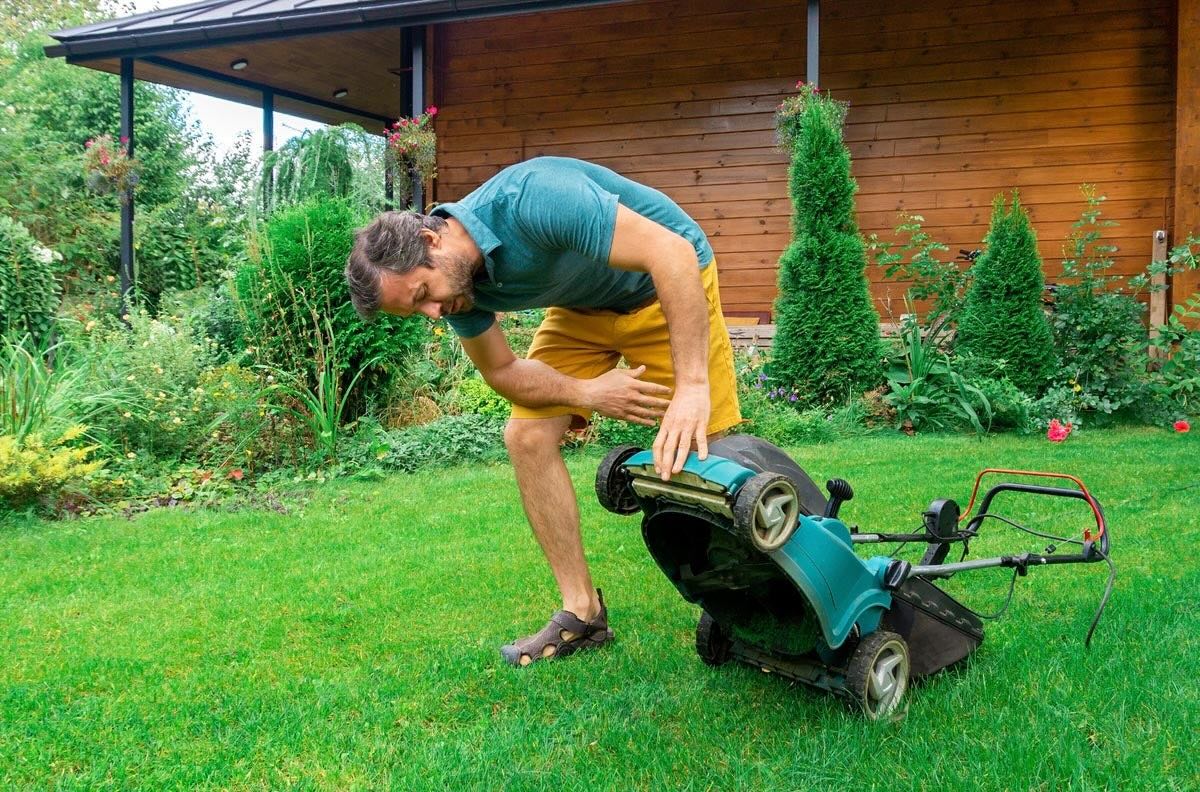

0 thoughts on “Why Does My Ryobi Lawn Mower Keep Stopping”